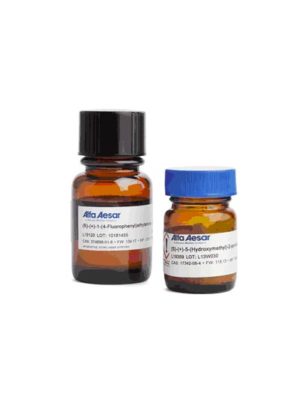Chiral

Chiral
In chemistry, a molecule is considered to be chiral only if there exists another molecule that is of identical composition but has a non-superimposable mirror image. The main feature that imparts chirality in a molecule is the presence of an ôasymmetric carbon atomö. In general, a tetrahedral atom is said to be chiral when it has four different substituents. Two mirror images of a chiral molecule are known as ôenantiomers or optical isomersö. A pair of enantiomers are designated as right and left handed. The two enantiomers of such compounds have different absolute configurations at this center. This center is known as stereogenic.
Chirality of a compound is important in various areas such as selection of adjuvants in dosage form development, purchasing of an active pharmaceutical ingredient, in vitro dissolution studies, stability studies, in vitro/in vivo biological activity correlation, dossier preparation for technology transfer, ANDA/NDA applications and in scale up and post approval changes. The uses of chiral selective dissolution testing is recommended for certain drugs which exist in racemic form in order assess the performance of a product, both in vitro and in vivo. Chiral materials are used as stationary phases for the separation of enantiomeric mixtures of products. Chiral catalysts are used for the enantioselective synthesis of various organic compounds and drugs.


